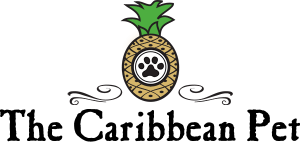- Language: French (English widely spoken)
- Currency: Euro
- Temperature: Average 72-86°F year-round
- Square Miles: 8 Approx.
- Population: 6,800
ABOUT. Saint Barthélemy (Saint Bart for short or Saint Barths as it is known in French) is a tiny French island in the Leeward Islands. Christopher Columbus discovered the island in 1492, naming it for his brother Bartolomeo. It was first settled by French colonists in 1648 and in 1763 French mariners established a permanent settlement. In 1784, the island came under Swedish rule, as part of a trade pact with France. The Swedes made the island a free port and named the capital city Gustavia in honor of their Swedish King, Gustav III. As a free port under Swedish rule, St. Barths served the useful purpose of providing a trade and supply center during the colonial wars of the 18th century. Sweden sold the island back to France in 1878. In 1946, Martinique and Guadeloupe, including St. Barths, were given the legal status of a Department of France with the same privileges and responsibilities as any of the Home Departments.
The residents of St Barts are committed to preserving nature and trying to protect the ecosystem of their island. Islanders have a close relationship with nature for food and living. In 1998, St Barts became the first island in the Caribbean to institute a recycling program for household trash. The creation of a marine park, separating and recycling household trash, cisterns under houses to collect rainwater, incentives to use low-energy light bulbs, and protection of the salt flats are some steps in protecting the ecosystems of the island. “Les Saint-Barths”, or native islanders, led simple lives, eating local food and trading with neighbors. The type of meals on St. Barts is influenced by French and Creole style cooking.
Founded in October 1996, the Marine Park allowed the creation of protected underwater zones around St Barts. Fishing and gathering of certain species is controlled on the shores and underwater throughout the marine park zones. Professional fishing in these areas is strictly regulated and subject to authorization. Two zones are highly protected in Petite Anse, and between Marigot and Petit Cul de Sac where it is strictly forbidden to fish, anchor, or dive using air tanks, in an effort to create areas for the reproduction and development of marine species. Mooring blocks have been places in the bays of Fourchue, Colombier, and Petit Cul-de-Sac, so that boats can anchor without destroying the ocean bottom. In addition to help with environmental efforts, residents are encouraged to use solar water heaters and solar panels to help with energy conservation.

